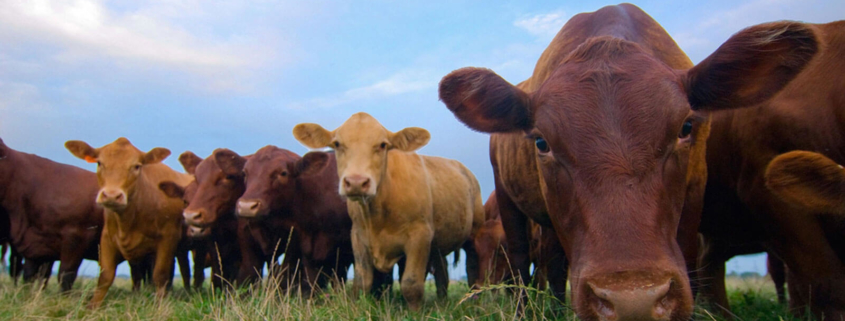A Farmer’s Thoughts on 100% Grass Fed Dairying
Author: Jack Lazor
One hundred per cent grass fed dairy products (aka “grass milk”) has been a relatively recent arrival to the dairy section of most natural foods outlets. The health benefits of 100% grass fed dairy have long been espoused by The Weston A. Price Foundation and others. When cows live on a diet from which grain has been eliminated, the omega 3 fatty acid profile increases in their milk. Grass fed beef has become quite popular because of the presence of conjugated linoleic acids (CLAs) in the meat. Higher CLAs reduce one’s risk of cancer and other diseases. These same nutritional advantages hold true for 100% grass fed milk products.
We here at Butterworks Farm have long been interested in no grain dairy farming. For the past forty years we have been grain growers as well as hay producers. Cereals (oats, wheat and barley) and row crops like corn and soy have fit neatly into our crop rotation with grasses and legumes. The straw byproduct of the grain is just as important to us for bedding our animals as the grain is for feeding them. We grind the grain into a dairy ration and feed our cows grains from our own farm as opposed to buying it from the “mill.”
Over the years, as our soil health and fertility have increased, we have improved the quality of our forages (grass and legumes) to the point where we have been able to reduce the amount of grain fed to our cows to 4 ½ pounds at each milking. Standard fare on most high production dairy farms is one pound of grain for every three pounds of milk produced. Our ratio is closer to 1:5.
Early in 2016, we began to conclude that if the quality of our forages was so superior, we could stop feeding grain to our cows without suffering adverse consequences. In early April we began reducing the amount of grain we fed at each milking. By the end of the month, we were down to less than three pounds per day per cow.

